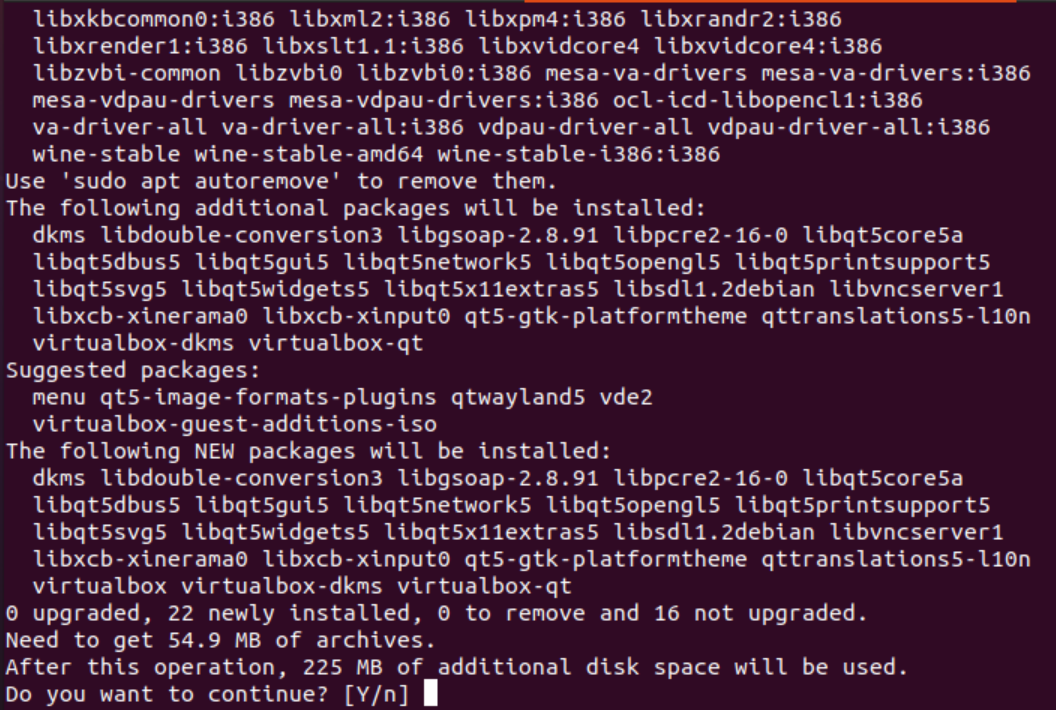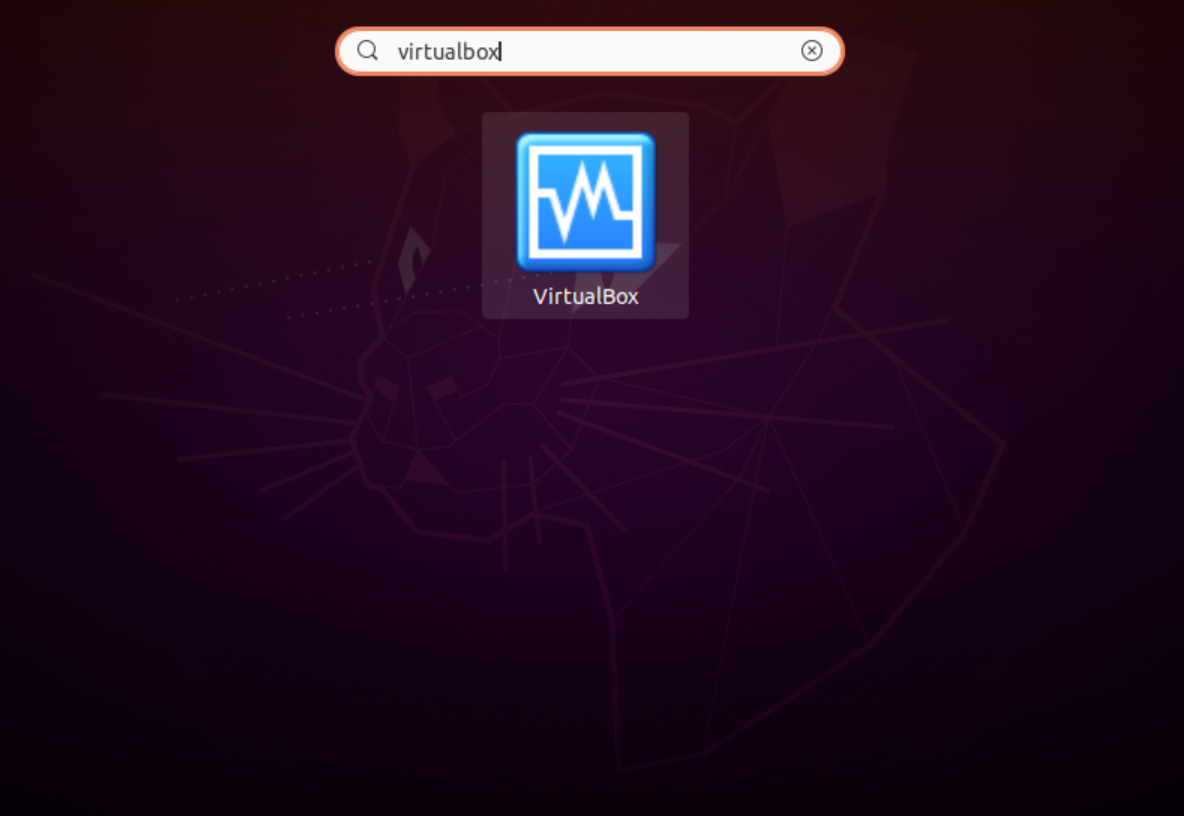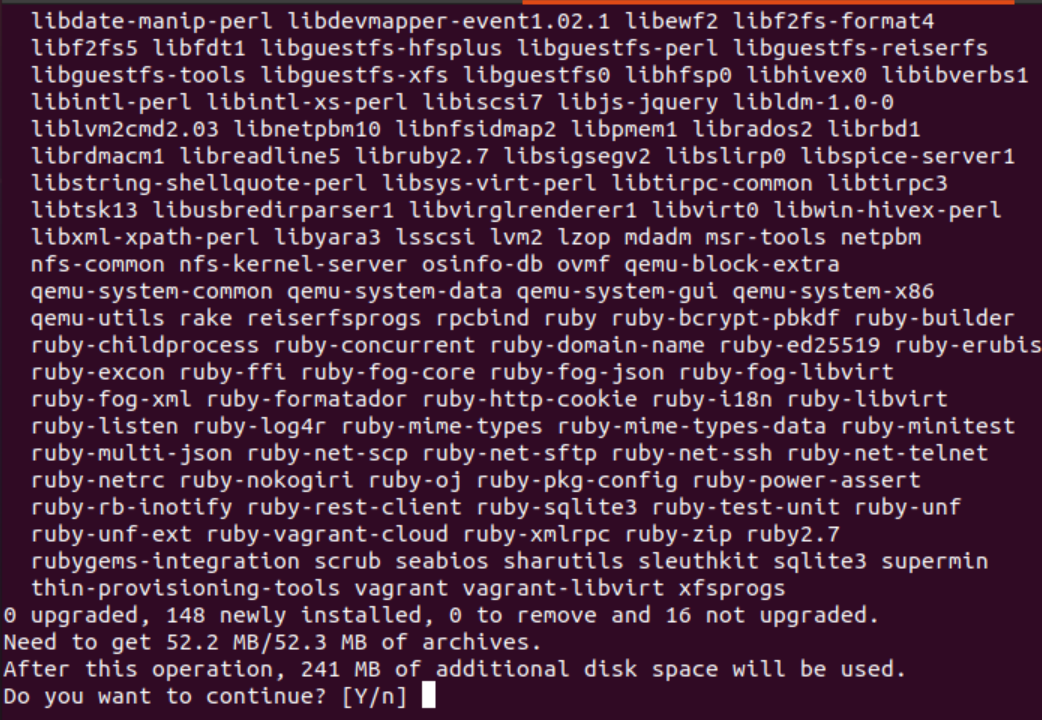Vagrant is a powerful command-line tool designed to build and manage virtual machine environments in a single workflow, providing a consistent development environment across various virtualization engines like VirtualBox, Hyper-V, Docker, and others through its plugin system. This capability makes Vagrant ideal for setting up development environments seamlessly. Vagrant supports multiple Linux platforms, making it highly versatile and accessible for developers.
In this guide, we will focus on installing Vagrant on an Ubuntu 20.04 machine utilizing VirtualBox as the virtualization engine. We will create a VirtualBox virtual machine running CentOS 8 using Vagrant, demonstrating the power and flexibility of Vagrant in managing development environments.
Installing Vagrant on Ubuntu
Let’s begin the installation process by setting up VirtualBox on Ubuntu 20.04. To do so, open your terminal using the Ctrl+Alt+T shortcut or navigate via Applications → Terminal.
Installing VirtualBox
Start by updating your system’s package repository. Execute the following command in the terminal:
$ sudo apt update
Enter your password when prompted to proceed with the updates.

Once the package list is updated, install VirtualBox using:
$ sudo apt install virtualbox
![]()
During the installation, you will be prompted to confirm. Type Y and press Enter to continue.

After completion, verify the installation by searching for VirtualBox in your installed applications. The interface should look like this:

Installing Vagrant
With VirtualBox installed, proceed to install Vagrant using the following command in your terminal:
$ sudo apt install vagrant
You might be asked to give permission during the installation. Type Y and press Enter to continue.

After installation, confirm with:
$ vagrant --version
You should see output similar to this, indicating the installed version of Vagrant:

Create a CentOS 8 VM using Vagrant
To begin working with Vagrant, create a directory for your project:
$ mkdir ~/my-vagrant-project
Navigate into your project directory:
$ cd ~/my-vagrant-project
Initialize Vagrant with the chosen Vagrant box, in this case, CentOS 8:
$ vagrant init centos/8
An output similar to this will confirm the initialization:

Now, start your virtual machine with:
$ vagrant up
![]()
You will see an output similar to this:

Vagrant will mount the project directory at the /vagrant path within the VM.
To log into your virtual machine via SSH, use:
$ vagrant ssh
To stop the virtual machine, issue:
$ vagrant halt
To destroy the virtual machine and all associated resources, execute:
$ vagrant destroy
Uninstalling Vagrant
If you need to remove Vagrant, run the following command:
$ sudo apt-get remove --auto-remove vagrant
You might have to confirm the action. Type Y and press Enter to complete the removal.
Conclusion
This guide walked you through the installation of VirtualBox and Vagrant on Ubuntu 20.04, set up a basic Vagrant project, introduced essential Vagrant commands, and covered the uninstallation process. Vagrant offers a user-friendly approach to managing virtual environments, improving development efficiency.
Frequently Asked Questions (FAQ)
1. What is Vagrant?
Vagrant is a tool used to create and manage virtualized environments such as development and testing setups efficiently. It enables developers to work with the same environment, ensuring consistency across different machine setups.
2. Do I need VirtualBox for Vagrant?
Vagrant requires a virtualization provider to function. VirtualBox is commonly used because it’s open-source and supports various platforms. However, Vagrant can also work with other providers like Docker, KVM, VMware, and Hyper-V.
3. Can I use Vagrant on operating systems other than Ubuntu?
Yes, Vagrant is cross-platform compatible and can be used on different operating systems, including other Linux distributions, Windows, and macOS.
4. How do I update Vagrant to the latest version?
You can update Vagrant using your package manager. For Ubuntu, use the command sudo apt update && sudo apt upgrade vagrant.
5. Is it safe to destroy all Vagrant resources?
Yes, running vagrant destroy will safely remove all resources associated with the current Vagrant setup in the project directory, allowing you to start afresh without leaving remnants.
